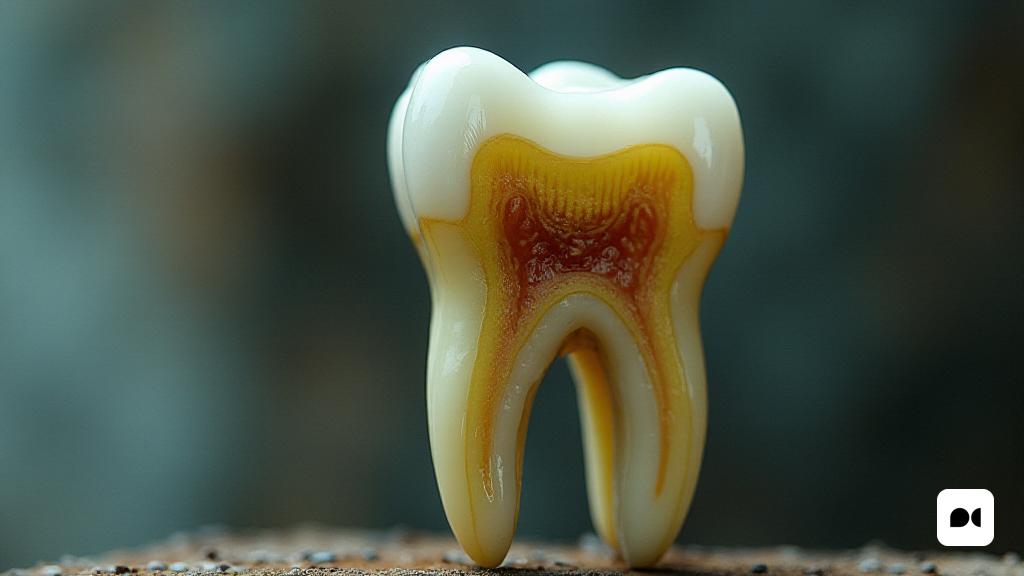What is Dry Socket?
Dry socket, medically known as alveolar osteitis, is a painful condition that can occur after the extraction of a tooth. It’s characterized by the loss of the blood clot at the extraction site, leading to severe discomfort and delayed healing.
The Global Challenge of Oral Health
Oral diseases, particularly those affecting teeth, impact approximately 3.5 billion individuals worldwide, as reported by the World Health Organization. In response to this widespread issue, the UN has launched the Global Oral Health Action Plan 2023–2030, aiming to improve dental health on a global scale.
Expert Insights on Dry Socket
Dr. Josée Uwamaliya, a dental specialist based in Kigali, provides valuable insights into the phenomenon of dry socket. She explains that this condition often arises when patients do not adhere to post-operative care instructions.
Post-Extraction Care Guidelines
After a tooth extraction, patients are typically advised to avoid certain actions, such as touching the extraction site with their tongue or consuming hot foods. These precautions are crucial to ensuring the formation of a stable blood clot, which is essential for healing.
The Mechanism Behind Dry Socket
When a tooth is extracted, the surrounding bone and tissues can become exposed if the blood clot fails to form. Dr. Uwamaliya elaborates, “The absence of a blood clot can lead to severe pain and may even expose the nerves and bone, causing heightened discomfort. Patients often mistakenly believe that remnants of the tooth remain, when in fact, it is the exposed bone causing the pain.”
Symptoms and Consequences
Symptoms of dry socket include intense pain radiating to the jaw, ear, or even the head. If left untreated, it can lead to infections, swelling, and other complications, emphasizing the importance of prompt care.
Treatment and Management Strategies
For patients experiencing dry socket, Dr. Uwamaliya recommends several home remedies, such as rinsing with saline solutions and avoiding strenuous activities that could dislodge the blood clot. If symptoms persist, professional treatment may involve cleaning the socket and applying medicated dressings.
Preventive Measures
To minimize the risk of developing dry socket, patients should follow their dentist’s post-operative instructions diligently. This includes avoiding hard foods, refraining from smoking or consuming alcohol, and maintaining oral hygiene without aggressive brushing near the extraction site.
Looking Ahead: The Importance of Oral Care
As dental health remains a pressing global issue, awareness and education about conditions like dry socket are vital. By understanding the causes and prevention strategies, individuals can contribute to better oral health outcomes and reduce the incidence of complications following tooth extractions.

